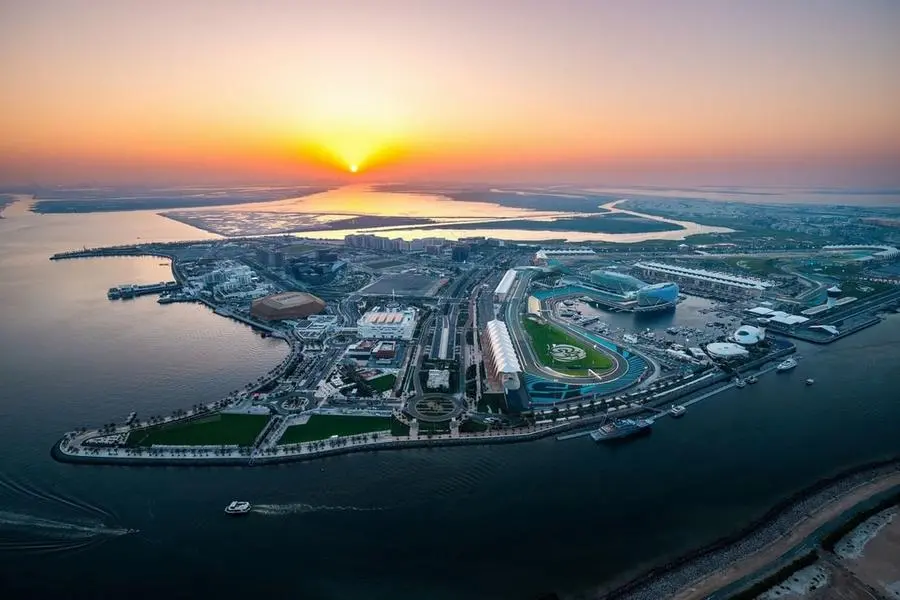PHOTO
Saudis exercise with an online video with the aim of collecting donations to support needy families during the holy month of Ramadan, following the outbreak of the coronavirus disease (COVID-19), in Riyadh, Saudi Arabia May 13, 2020.
Until recently gyms and fitness centers were one of the few entertainment options for men alongside shopping centers and restaurants. In other words, it was the healthy choice of entertainment. When Saudi Vision 2030 was launched, it offered a complete transformation and a facelift to entertainment in the country. That being said, the highlight was increasing participation in physical activities among both genders from 13 percent to 40 percent.
This led to change in some regulations, such as allowing women to run gyms and fitness centers for women. This helped in various areas and ticked many boxes. For example, it created new job opportunities for women as it increased awareness among a large segment in society about the importance of exercising.
It helped patients who needed to exercise and couldn’t find a place with reasonable prices at the hospitals’ gyms. And it encouraged women to enter the field of sports to learn and train professionally, and get certified with the help of Saudi universities and colleges physical education program. Now they can do something with their degree in the country.
And just as they say every rise has its fall, the COVID-19 global pandemic arrived and hit these businesses badly. Everyone was forced to shut down and wait until things improved.
Some stopped completely, while others kept offering classes for free through their online social network channels — and I do believe that is so brave and noble of them.
But because of the financial crisis, an alternative option was offered to pay a small monthly fee and subscribe online with your favorite trainer or coach. This was one of the options to help the business from failing completely and was adopted worldwide as well.
According to a recent workshop conducted with cooperation between the General Investment Administration and the Leaders Development Institute, which both run under the Ministry of Sports, gyms and fitness centers are considered one of the biggest contributors to the local sport field, reaching SR3.5 billion ($930 million) in 2018.
The workshop highlighted that male membership reached 900,000 (SR2.9 billion market value), while women members reached 200,000 (SR650 million market price). They also claim that an increase has been witnessed in men’s gyms and fitness centers from 485,000 in 2012 to 890,000 in 2017.
The speakers noted that the women’s gyms and fitness center market is expected to increase due to the approval of allowing licenses for women gyms and fitness centers. The variation, they said, is huge due to previous restrictions in the country.
However, they pointed out that due to the pandemic lockdown, people are getting used to home training, the convenience of practicing sports at ease considering social distancing, suffering from less income due to jobs being terminated or put on hold, and considering the health and safety measurements to prevent virus spread.
All this will make it hard and costly for the fitness market to get customers back. In addition, there will be other challenging costs, such as safety precautions, cleaning of equipment, rent, water and electricity to ensure everyone goes back to their normal lifestyle and business in a safe and comfortable manner.
It is a worldwide challenge to see these fitness centers back on track, yet at the end of the day it is also an individual preference to choose whether to play it safe and exercise at home, or to take the risk and hit the gym.
• Dr. Razan Baker is a director of international communication at the Saudi Olympic Committee, a specialist in corporate social responsibility in sports, and a sports columnist/journalist. Twitter: @RazanBaker
Copyright: Arab News © 2020 All rights reserved. Provided by SyndiGate Media Inc. (Syndigate.info).























